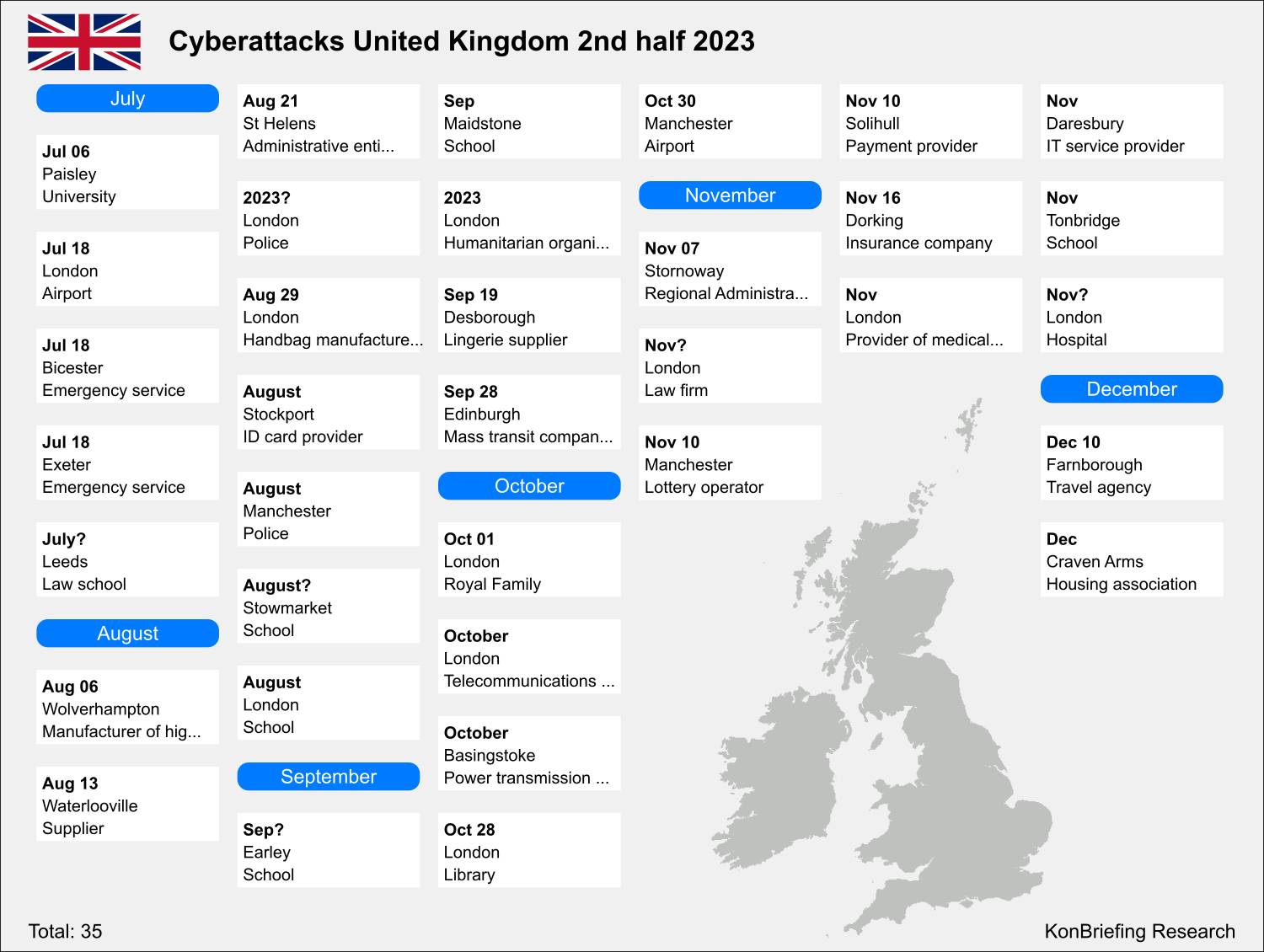Security Awareness Programmes: What Top-Performing Companies Do Differently in 2025
Picture this: Your organisation's security is like a fortress with a secret passage that 64% of intruders already know about - human error. That's right, most cyber breaches aren't masterminded by genius hackers in dark rooms; they're accidentally handed over by Bob from accounting clicking the wrong email.
Let's talk about security awareness programmes - they're not just another corporate box-ticking exercise. Think of them as your company's digital self-defence classes. The numbers tell quite a story: these programmes slash phishing attack risks by half (like a karate chop through a wooden board) and deliver a whopping 5X return on investment. That's better odds than most lottery tickets, and certainly more practical.
Game-based training approaches are proving particularly brilliant - turns out humans learn better when they're not falling asleep during PowerPoint presentations. Who knew?
Here's what we've discovered after poking around in the playbooks of companies that are absolutely smashing it in 2025. We'll show you how they're building programmes that actually work (using real data, not just gut feelings), how they're putting clever AI to work (without letting the robots take over), and how they measure success (beyond counting how many people stayed awake during training).
Building Data-Driven Security Awareness Programmes
Here's a sobering thought: 68% of breaches happen because someone made an honest mistake, not because they were plotting corporate espionage in the break room [1]. That's why smart companies are ditching the old "throw-training-at-the-wall-and-see-what-sticks" approach for data-driven strategies that actually work.
Think of security awareness like a detective story - the clues are hidden in your data. The best programmes dig through three treasure troves: incident reports (what went wrong), behaviour patterns (who's clicking those dodgy links), and employee data (who needs extra help) [1]. It's like creating a security credit score for each department, backed by real numbers, not hunches [2].
Let's break down what makes these programmes tick:
- Real-time monitoring (because waiting for monthly reports is so 2023)
- Threat intelligence feeds (like having a cyber neighbourhood watch)
- Automated detection and response (because humans need sleep)
- System effectiveness checks (making sure it's not all just fancy window dressing)
Monthly phishing simulations are proving their worth - like regular fire drills, but for your inbox [3]. The clever bit? These programmes track everything: who clicked what, when they clicked it, and how many times they've fallen for the banana-in-the-tailpipe trick [4].Numbers don't lie - that's why measuring progress through analytics is pure gold for security teams [5]. They can show the boss exactly where the weak spots are and prove their programme isn't just another expensive paperweight [1]. It's like having a security report card that actually means something.Implementing AI-Powered Training SolutionsRemember those one-size-fits-all training videos that felt like watching paint dry? Well, AI has crashed that boring party like a caffeinated programmer at a hackathon. These clever systems now tailor security training faster than your aunt Betty forwards chain emails [6].The magic happens when AI starts playing detective with your learning style. Picture a really smart teacher who remembers everything you've ever done (slightly creepy, but useful). The system watches how you learn and adjusts accordingly - finance folks get their fill of invoice fraud scenarios, while IT teams dive into the nitty-gritty of system hygiene [8, 9].Here's what these brainy platforms bring to the table:
- AI chatbots that guide you through scenarios (like having a security expert in your pocket) [6]
- Smart Groups that sort employees faster than a cafeteria food fight [8]
- Training modules that update themselves when new threats pop up (because cyber criminals don't take holidays) [9]
The beauty of this setup? It's like having a personal cyber-security coach who never runs out of patience. Struggling with phishing emails? The system serves up some basics. Mastered the fundamentals? Time for the advanced stuff that'll make your head spin [6]. Companies are reporting engagement numbers that would make a YouTube influencer jealous [10].Best part? While you're sleeping, these AI systems are busy as bees, tweaking and adjusting training content [11]. No more poor souls manually updating PowerPoints until midnight - the machines handle that grunt work now, keeping everyone one step ahead of the bad guys [11].Measuring Programme EffectivenessLet's talk numbers - cold, hard facts that'll make your finance team sit up straight. Every hour your system stays down costs a whopping GBP 238,248.03 in lost revenue, productivity, and maintenance charges [12]. That's enough to make anyone's wallet weep.Here's what smart companies track (and you should too):
- Mean Time to Acknowledge (MTTA): How quickly your team spots the red flag and says "Oi, we've got a problem" [12]
- Mean Time to Detect (MTTD): The speed of catching issues before they catch you [12]
- Mean Time to Resolve (MTTR): How fast you patch things up and get back to business [12]
- System Availability: Making sure your digital doors stay open [12]
The real golden ticket? Mean Time to Contain (MTTC) [13]. Think of it as your cyber-fire extinguisher response time - the faster you contain the blaze, the less damage you'll face. Top companies don't just count heads in training sessions; they measure everything from completion rates to how many people actually passed the bloody thing [14].ROI isn't just a fancy acronym to impress the board. The proof sits right in your help desk tickets - fewer password resets, less computer reinstallations, and a dramatic drop in missing devices [14]. Track these numbers like a hawk watching its prey, month after month, year after year [14].But here's the kicker - numbers tell only half the story. Chuck a survey form at your team now and then, get their honest feedback [15]. After all, the best security programme in the world means nothing if your staff thinks it's as useful as a chocolate teapot.ConclusionRight then, let's wrap this up neater than a Christmas present. Our peek into 2025's security superstars shows three things working together like a well-oiled machine: data-driven strategies (the brains), AI-powered solutions (the muscle), and proper measurement (the scorecard).The cream of the crop share three habits that stick out like a penguin in a pizza parlour:
- They're proper data nerds - using analytics to spot who needs help before they need it
- They've got AI doing the heavy lifting - smart systems that adapt faster than a chameleon in a paint shop
- They measure everything that moves - MTTA, MTTD, MTTR - like a obsessive cricket scorer with a new pencil
Here's the thing about security awareness - it's as dynamic as a cat chasing a laser pointer. Standing still is about as useful as a chocolate teapot. Protect Duty Solution's comprehensive security awareness platform gives your organisation the tools to stay ahead of the game.Face it - cyber threats aren't getting simpler, they're getting sneakier than a fox in a chicken coop. Companies that grab these strategies now aren't just protecting their assets - they're building a security-savvy culture that'll last longer than your gran's Christmas pudding.References[1] - https://www.salesforce.com/blog/data-driven-security-awareness/
[2] - https://www.mimecast.com/content/security-awareness-training-programme/
[3] - https://www.itsecurityguru.org/2025/01/14/knowbe4-research-confirms-effective-security-awareness-training-significantly-reduces-data-breaches/
[4] - https://www.salesforce.com/au/blog/data-driven-security-awareness/
[5] - https://www.fortra.com/solutions/data-security/security-awareness/training
[6] - https://www.strongestlayer.ai/blog/how-ai-is-transforming-security-awareness-training/
[7] - https://www.knowbe4.com/products/security-awareness-training
[8] - https://phishgrid.com/blog/security-awareness-training/
[9] - https://outthink.io/community/thought-leadership/ASAT-training-playbook
[10] - https://www.paloaltonetworks.com/cybersecurity-perspectives/the-growing-role-of-machine-learning-in-cybersecurity
[11] - https://www.atlassian.com/incident-management/kpis
[12] - https://www.techtarget.com/searchsecurity/tip/The-best-incident-response-metrics-and-how-to-use-them
[13] - https://www.terranovasecurity.com/blog/measure-success-security-awareness-programme
[14] - https://www.metacompliance.com/blog/cyber-security-awareness/measuring-security-awareness-training
About the author
Ready to get started?
Free trialOur latest news
Sharing knowledge and insights in everything from terrorism risk to machine learning from our researchers and partners.





